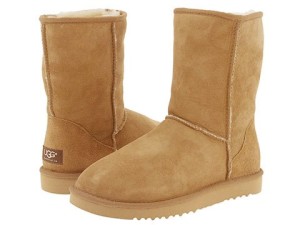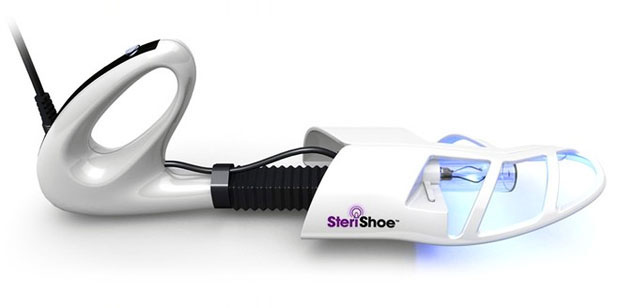Socks with silver nano fibers, you might have heard of them. They are claimed to combat sweaty, smelly feet.
It’s a fact that silver nano-particles can kill odor causing microbes.
However, is this a quircky old wifes tale, of the equivalent of smelly socks being used to create Voodoo spells, or does it really work?
As a matter of fact there is some scientific data behind this invention. The idea behind these socks is that silver kills almost all bacteria.
Silver is known to kill more than 650 disease-causing organisms and is also a safe antibacterial agent.
The odor itself consists of a mixture of ammonia, fatty acids in particular, isovaleric acid and lactic acid but its bacteria that are the cause of smelly feet, shoes, and socks.
That’s why Russian scientist Vladimir Rudenov developed the nano-enhanced socks.
According to Rudenov:
“I used to be a physician. It’s a well-known fact that silver kills most bacteria, and it’s the bacteria that causes smelly feet. So I thought, why not blend nano-particles of silver with socks? And it worked!”
According to the manufacturer, they prevent athlete’s foot too. Anti sweat and smell socks are widely available for around $10 dollars a pair.
The idea of using “nanocomposite” fibres as a weapon against malodorous feet is not new.
Already in 2003 Korean scientist allocated silver’s antibacterial properties to make safe anti-microbial fibres for use in carpets, napkins and surgical masks.
Widespread use of silver
Nano-silver is not only used in socks but also in shoes to make these “anti-bacterial, anti-fungal and odor resistant”. Several companies all over the world are using nano silver particles in deodorants and other products.
Other applications are baby bottles to “act as an anti-bacterial deodorant and maintain freshness up to 99.9% without additional disinfecting by boiling and sterilization.”
Controversy about safety silver nano particles
Concern however is expressed by opponents who state that we don’t know enough about possible side effects of these nano bots.
- What for example, if these will be absorbed by our skin and taken up into our bloodstream.
- Another common concern is the risk on creating resistant bacteria, just as with antibiotics.
A recent issue of Environmental Science & Technology carried a study showing nanosilver’s widespread use in consumer goods for nearly 120 years with virtually zero adverse effects on the ecology or on human health.
What happens when you wash your silver anti stink socks..
Silver lined anti-odor socks show to release much of the silver particles during laundry.
35% to 50% of the silver nanoparticles used in textiles did come off during the wash according to a Swedisch study and one conducted at Arizona State University.
As a result the particles can leak into waste water with all potential long term health risks.
Taking this all into account I would not recommend to use these socks but opt for more natural, proven ways to cure smelly feet.
Read this article to learn more about the best socks for smelly feet.

